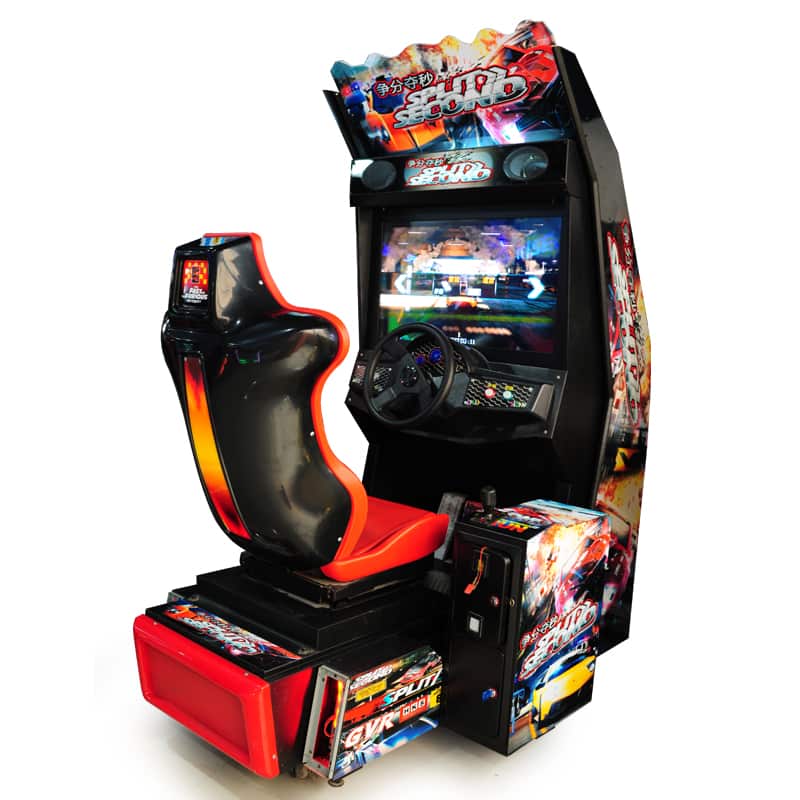

It used rear image projection to display a first-person scrolling track on a screen, along with rival cars the player needs to avoid crashing into, while the controls consisted of a steering wheel and accelerator pedal. A breakthrough came in the late 1960s, with Kasco's Indy 500, a rear-projection arcade racing game designed by Kenzou Furukawa.

A primitive example was Kasco's 1959 hit Mini Drive, where the player used a steering wheel to control a miniature car across a scrolling conveyor belt inside an arcade cabinet. Racing video games have origins in earlier electro-mechanical racing arcade games. While they all share the same goal of getting to the end of the track before everyone else, the gameplay and focus are different for each sub-genre. There are many racing sub-genres that are very different from each other.


 0 kommentar(er)
0 kommentar(er)
